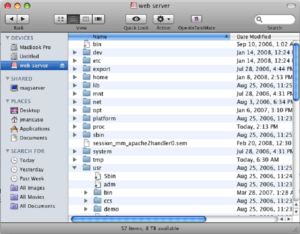
To resolve this problem, most cloud storage solutions have taken to offering a feature called selective sync. For those that want to use cloud storage to clear hard drive space that approach doesn’t work, obviously. The downside to sync folders, as many a reader has griped about, is that, in order to work, they must store files both in the cloud and on your hard drive. Sync folders are useful for automatically copying folder contents and file edits to all devices connected to your cloud account. Most cloud storage solutions today offer a desktop client download that creates what is commonly known as a “sync folder” in your file system. From pCloud Drive and Egnyte Drive, to Mountain Duck and CloudBerry Drive, this article will improve your options for working with cloud-hosted files.


#Netdrive or mountain duck how to
We’ll look at which cloud storage providers offer network drive clients in addition to the usual sync folder, plus show you how to map your cloud storage to a drive letter when your favorite provider does not. In this guide, we’ll help you discover just that. That’s especially true for retaining cloud content visibility while reducing consumed space on your hard drive at the same time.Īt first, though, figuring out how to set up a cloud storage network drive can be a tricky proposition, at least until you find out how easy it can all be. While sync folders may be the de facto mechanism for storing files online, however, sometimes using a local drive mapped to the cloud can be far more convenient. Last Updated: 15 Dec'22 T14:10:38+00:00Īll of the best cloud sync service solutions today come with a sync-folder client.
#Netdrive or mountain duck mp4

Best Password Manager for Small Business.How to Access the Deep Web and the Dark Net.Online Storage or Online Backup: What's The Difference?.Time Machine vs Arq vs Duplicati vs Cloudberry Backup.


 0 kommentar(er)
0 kommentar(er)
